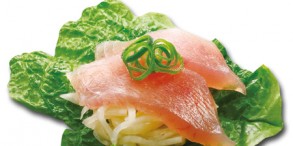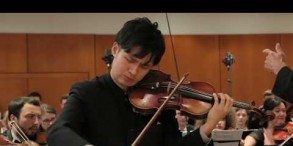Kounotori (Ciconia ciconia) Fledging in Tokushima
Kounotori or white stork is a special natural monument, the wild species of which exterminated 40 years ago in 1971. Down in Naruto City, Tokushima, three stork eggs hatched into two male and one female chick in March atop a power transmission pole in March this year.
This is the first case in Japan for Kounotori to breed wild and all the three have grown up to fledge in two months' time.
The power transmission pole stands in the middle of a rural area in Naruto City, high enough to overlook an expanse of green paddy. The parent storks had flown in from the artificial breeding facility in Hyogo.
Wild Kounotori exterminated in 1971 due primarily to overhunting and pesticides. The breeding house in Hyogo imported a pair from abroad and succeeded in artificially breeding chick and began releasing them wild some 12 years ago.
Now, over 100 white storks have returned to Japan. Kounotori has a quite extensive habitat and some are found in Korea as well.
Prof. Yasuo Ezaki of Hyogo Prefectural College says that the habitat in the vicinity of the breeding house in Hyogo is limited to only 50 and that more breeding areas are necessary to accommodate more to settle in Japan.
Why Naruto City have the new-born chick picked of all places? Researchers point out that the particular rural area abounds in natural feeds found in the lotus roots paddy that requires less pesticide. Frogs and crayfish thrive in the lotus roots paddy for Kounotori to feed on.
Associate Prof. Yoichi Kawaguchi of Tokushima University testifies the lotus roots paddy provides enough amount of such natural feeds for Kounotori to feed on - 12 units of feed over 1 centimeter per 1 square meters.
Kounotori is a symbol of birth - a carrier of babies to wishful families. Welcome back, Kounotori.(Nathan Shiga)
Source: NHK










